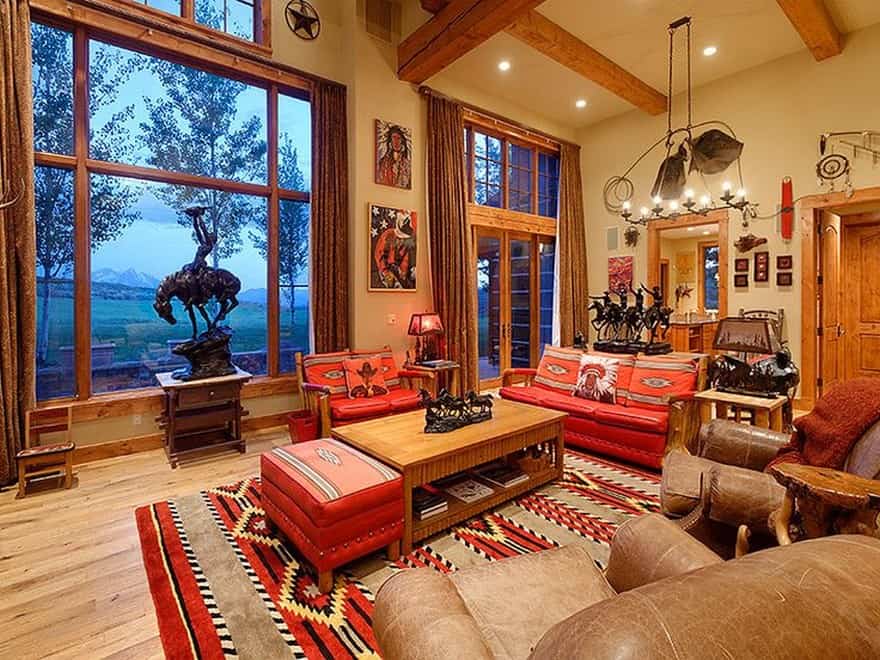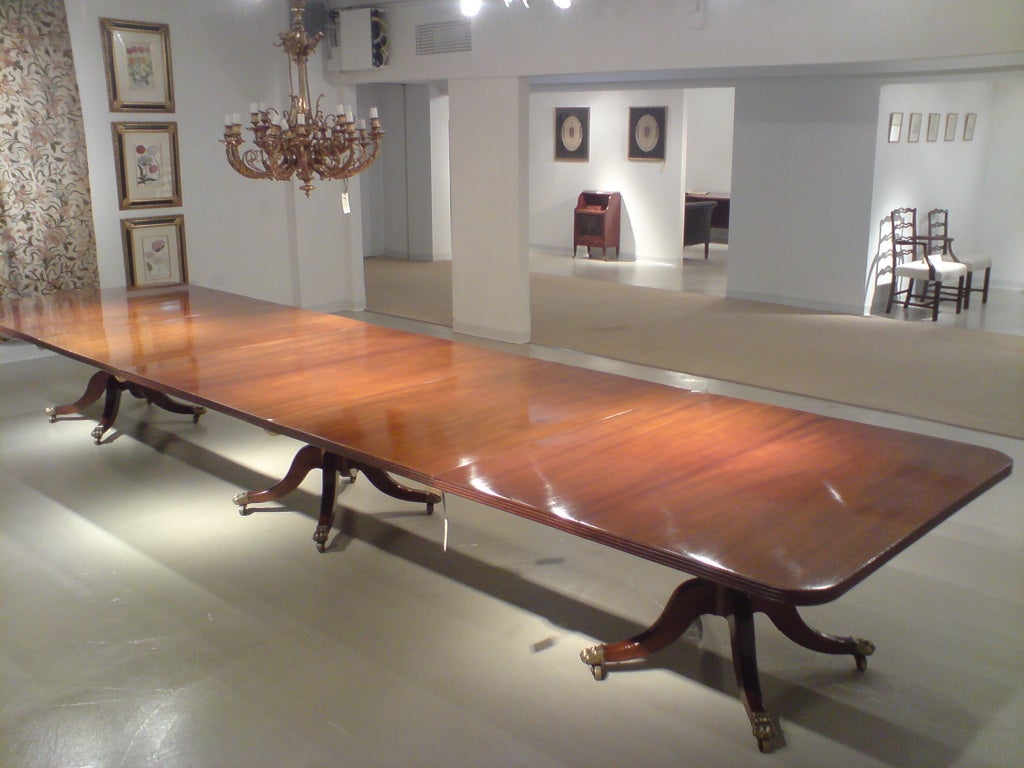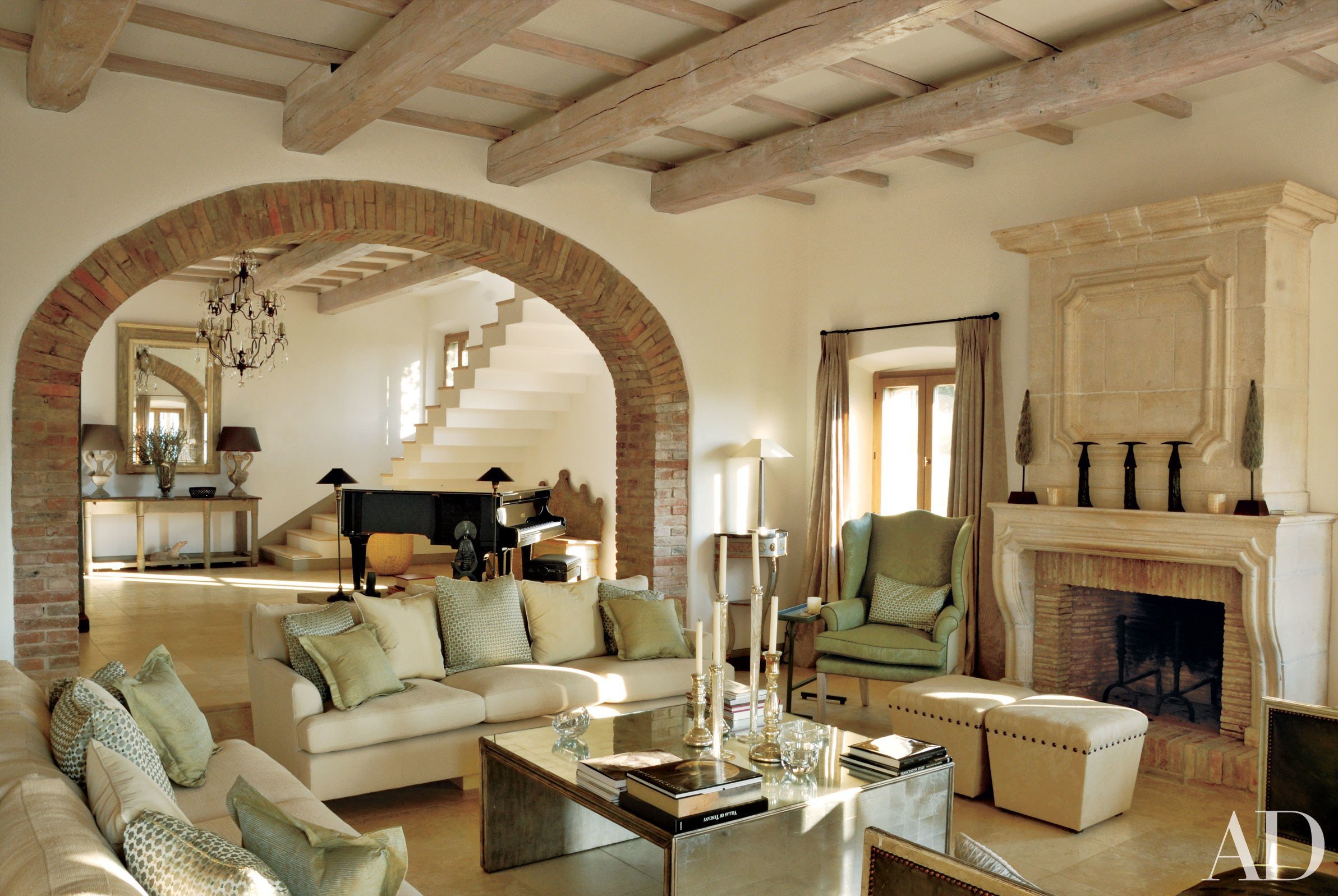Eastern vs Western Living Room: A Comparison
The living room is often considered the heart of a home, where family and friends come together to relax, entertain, and create memories. However, depending on where you are in the world, the style and design of living rooms can vary greatly. In this article, we will explore the differences between Eastern and Western living rooms and how each style reflects the unique cultural influences and traditions of their respective regions.
The Differences Between Eastern and Western Living Rooms
When comparing Eastern and Western living rooms, one of the most notable differences is the overall aesthetic. Eastern living rooms tend to have a more minimalistic and serene feel, while Western living rooms are often characterized by a more eclectic and vibrant design.
In Eastern living rooms, there is a focus on creating a sense of balance and harmony through the use of natural elements, such as wood, stone, and plants. Furniture is often low to the ground and simple in design, with a mix of textures and materials. The color palette is typically muted and neutral, with pops of bold colors used sparingly.
On the other hand, Western living rooms are known for their bold and eclectic mix of styles, patterns, and colors. Furniture pieces are often larger and more ornate, with a mix of traditional and modern elements. The color palette is usually brighter and more varied, with patterns and prints used to add visual interest.
Traditional vs Modern: Eastern and Western Living Rooms
Another key difference between Eastern and Western living rooms is the approach to traditional versus modern design. In Eastern living rooms, there is a strong emphasis on preserving traditional design elements and incorporating them into modern spaces. This can be seen in the use of traditional furniture pieces, such as tatami mats and low tables, alongside modern elements like sleek sofas and chairs.
On the other hand, Western living rooms often embrace a more modern and contemporary aesthetic. This can be seen in the use of clean lines, geometric shapes, and minimalist furniture pieces. However, traditional elements may still be incorporated, such as antique rugs or statement pieces of furniture.
Decorating Tips for Eastern and Western Living Rooms
When decorating an Eastern living room, it is important to focus on creating a sense of balance and harmony. This can be achieved through the use of natural materials, such as bamboo, rattan, and wood, as well as incorporating elements of nature, such as plants and water features. To add a touch of color, consider using traditional Asian-inspired patterns, such as cherry blossoms or dragons.
For Western living rooms, the key is to embrace a mix of styles and create a space that is both comfortable and visually interesting. Incorporate a variety of textures, such as leather, velvet, and fur, to add depth and warmth to the room. Don't be afraid to mix and match patterns and colors, but be sure to keep a cohesive color palette to tie the room together.
Cultural Influences on Eastern and Western Living Room Design
The design of a living room is often a reflection of the culture and traditions of the region it is in. In Eastern living rooms, the focus is on creating a calm and peaceful environment that promotes relaxation and contemplation. This can be seen in the use of natural materials and the incorporation of elements of nature, as well as the emphasis on balance and harmony.
In Western living rooms, there is a greater emphasis on self-expression and individuality. This can be seen in the mix of styles and patterns, as well as the use of bold colors and statement pieces. The Western culture values creativity and personal style, which is reflected in the design of their living spaces.
Furniture Styles in Eastern and Western Living Rooms
The furniture styles in Eastern and Western living rooms also vary greatly. In Eastern living rooms, furniture is often low to the ground and closer to the floor, reflecting the traditional use of tatami mats and floor seating. This creates a more intimate and cozy atmosphere. Furniture pieces are also typically simple in design, with clean lines and minimal ornamentation.
Western living rooms, on the other hand, tend to have larger and more robust furniture pieces. Sofas and chairs are often bigger and more plush, encouraging lounging and relaxation. There is also a mix of styles, with traditional and modern elements blending together to create a unique and eclectic look.
Color Palettes in Eastern and Western Living Rooms
The color palettes in Eastern and Western living rooms also reflect the cultural influences of each region. In Eastern living rooms, the color palette is often muted and neutral, with a focus on creating a peaceful and serene atmosphere. This can be seen in the use of earth tones, such as beige, brown, and green, as well as soft shades of blue and pink.
In Western living rooms, the color palette is bolder and more varied. Bright pops of color are often used to add visual interest and create a lively atmosphere. This can be seen in the use of bold colors, such as red, yellow, and blue, as well as patterns and prints.
Lighting Choices for Eastern and Western Living Rooms
The lighting choices in Eastern and Western living rooms also play a significant role in the overall design. In Eastern living rooms, there is a focus on creating a soft and warm ambiance. This is achieved through the use of natural light, as well as the incorporation of soft, glowing light fixtures, such as paper lanterns or candles.
In Western living rooms, the lighting is often more functional and practical. Overhead lighting, such as recessed lights or chandeliers, is commonly used to illuminate the entire room. However, there is also a focus on creating mood and ambiance through the use of table lamps, floor lamps, and string lights.
Incorporating Nature in Eastern and Western Living Rooms
Both Eastern and Western living rooms often incorporate elements of nature in their design. However, the approach to this may differ. In Eastern living rooms, nature is often brought indoors through the use of plants, water features, and natural materials. This creates a sense of tranquility and connects the space to the natural world.
In Western living rooms, nature is often used as a source of inspiration for decor and design. This can be seen in the use of nature-inspired patterns and prints, as well as the incorporation of natural elements, such as wood and stone, in furniture and decor pieces.
Creating a Harmonious Blend of Eastern and Western Living Room Styles
While Eastern and Western living rooms have distinct styles and design elements, it is possible to create a harmonious blend of both in one space. This can be achieved by incorporating elements from both styles, such as using traditional Eastern furniture with bold Western colors and patterns, or incorporating natural elements in a modern and eclectic Western living room.
Ultimately, the key is to create a space that reflects your personal style and incorporates elements that are meaningful to you, whether that be traditional Eastern design or modern Western flair.
The Power of Design in Shaping Your Living Room: Eastern vs Western Style

The Essence of Eastern Living Room Design
 When it comes to home design, the living room is the heart of the house. It is a space where families and friends gather to relax, socialize, and create lasting memories. As such, the design of the living room is crucial in setting the overall tone and ambiance of a home. In Eastern culture, the living room is often viewed as a place for tranquility, harmony, and balance. The design elements of an Eastern living room are rooted in ancient philosophies and traditions, making it a unique and captivating style.
When it comes to home design, the living room is the heart of the house. It is a space where families and friends gather to relax, socialize, and create lasting memories. As such, the design of the living room is crucial in setting the overall tone and ambiance of a home. In Eastern culture, the living room is often viewed as a place for tranquility, harmony, and balance. The design elements of an Eastern living room are rooted in ancient philosophies and traditions, making it a unique and captivating style.
The Key Elements of Eastern Living Room Design
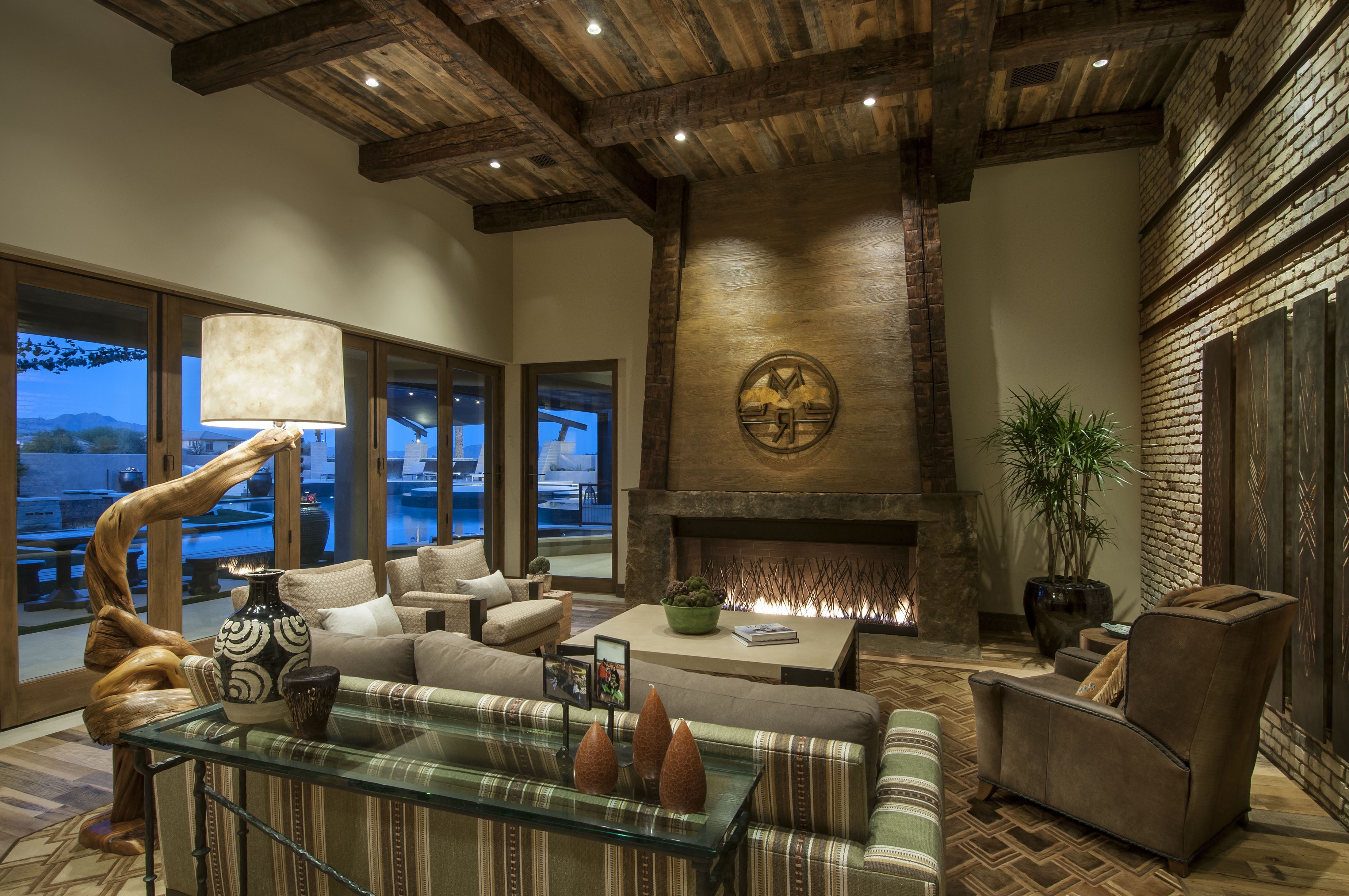 Feng Shui
plays a significant role in Eastern living room design. It is the practice of arranging furniture and décor in a way that promotes positive energy flow and harmony. This involves positioning the main seating area in a way that allows for a clear view of the entrance, as well as incorporating natural elements such as plants and water features.
Minimalism
is another essential aspect of Eastern design. The focus is on simplicity and functionality, with clean lines and clutter-free spaces. This creates a sense of calm and balance, allowing for a peaceful and meditative atmosphere in the living room.
Earthy Tones
are also prominent in Eastern living room design. Natural materials such as bamboo, wood, and stone are often used in furniture and décor. Color palettes are kept neutral, with shades of brown, beige, and green, representing the elements of earth and nature.
Feng Shui
plays a significant role in Eastern living room design. It is the practice of arranging furniture and décor in a way that promotes positive energy flow and harmony. This involves positioning the main seating area in a way that allows for a clear view of the entrance, as well as incorporating natural elements such as plants and water features.
Minimalism
is another essential aspect of Eastern design. The focus is on simplicity and functionality, with clean lines and clutter-free spaces. This creates a sense of calm and balance, allowing for a peaceful and meditative atmosphere in the living room.
Earthy Tones
are also prominent in Eastern living room design. Natural materials such as bamboo, wood, and stone are often used in furniture and décor. Color palettes are kept neutral, with shades of brown, beige, and green, representing the elements of earth and nature.
The Charm of Western Living Room Design
 In contrast to Eastern design, Western living room style is more vibrant, bold, and eclectic. It is a fusion of different cultures, resulting in a diverse and dynamic space. Western living rooms are known for their warmth, comfort, and inviting atmosphere.
In contrast to Eastern design, Western living room style is more vibrant, bold, and eclectic. It is a fusion of different cultures, resulting in a diverse and dynamic space. Western living rooms are known for their warmth, comfort, and inviting atmosphere.
The Key Elements of Western Living Room Design
 Comfort
is a top priority in Western living room design. The furniture is often plush and cozy, with oversized sofas and armchairs. This creates a welcoming and relaxed environment, perfect for spending quality time with loved ones.
Color and Patterns
are also significant in Western design. Unlike the neutral tones of Eastern design, Western living rooms are characterized by bold colors and patterns. Whether it's a vibrant rug, patterned wallpaper, or colorful throw pillows, these elements add personality and charm to the space.
Personalization
is key in Western living room design. It's a space that reflects the individual's personality and interests, making it unique and personal. This can be achieved through the use of personal photographs, artwork, and other sentimental items.
Comfort
is a top priority in Western living room design. The furniture is often plush and cozy, with oversized sofas and armchairs. This creates a welcoming and relaxed environment, perfect for spending quality time with loved ones.
Color and Patterns
are also significant in Western design. Unlike the neutral tones of Eastern design, Western living rooms are characterized by bold colors and patterns. Whether it's a vibrant rug, patterned wallpaper, or colorful throw pillows, these elements add personality and charm to the space.
Personalization
is key in Western living room design. It's a space that reflects the individual's personality and interests, making it unique and personal. This can be achieved through the use of personal photographs, artwork, and other sentimental items.
Which Style Is Right for You?
 Whether you prefer the calm and minimalistic approach of Eastern design or the vibrant and personalized feel of Western design, both styles have their unique charm and appeal. Ultimately, the design of your living room should reflect your personal taste and create a space that you and your loved ones can enjoy and feel at home in. So, explore your options and let your creativity guide you in creating the perfect living room for your home.
Whether you prefer the calm and minimalistic approach of Eastern design or the vibrant and personalized feel of Western design, both styles have their unique charm and appeal. Ultimately, the design of your living room should reflect your personal taste and create a space that you and your loved ones can enjoy and feel at home in. So, explore your options and let your creativity guide you in creating the perfect living room for your home.
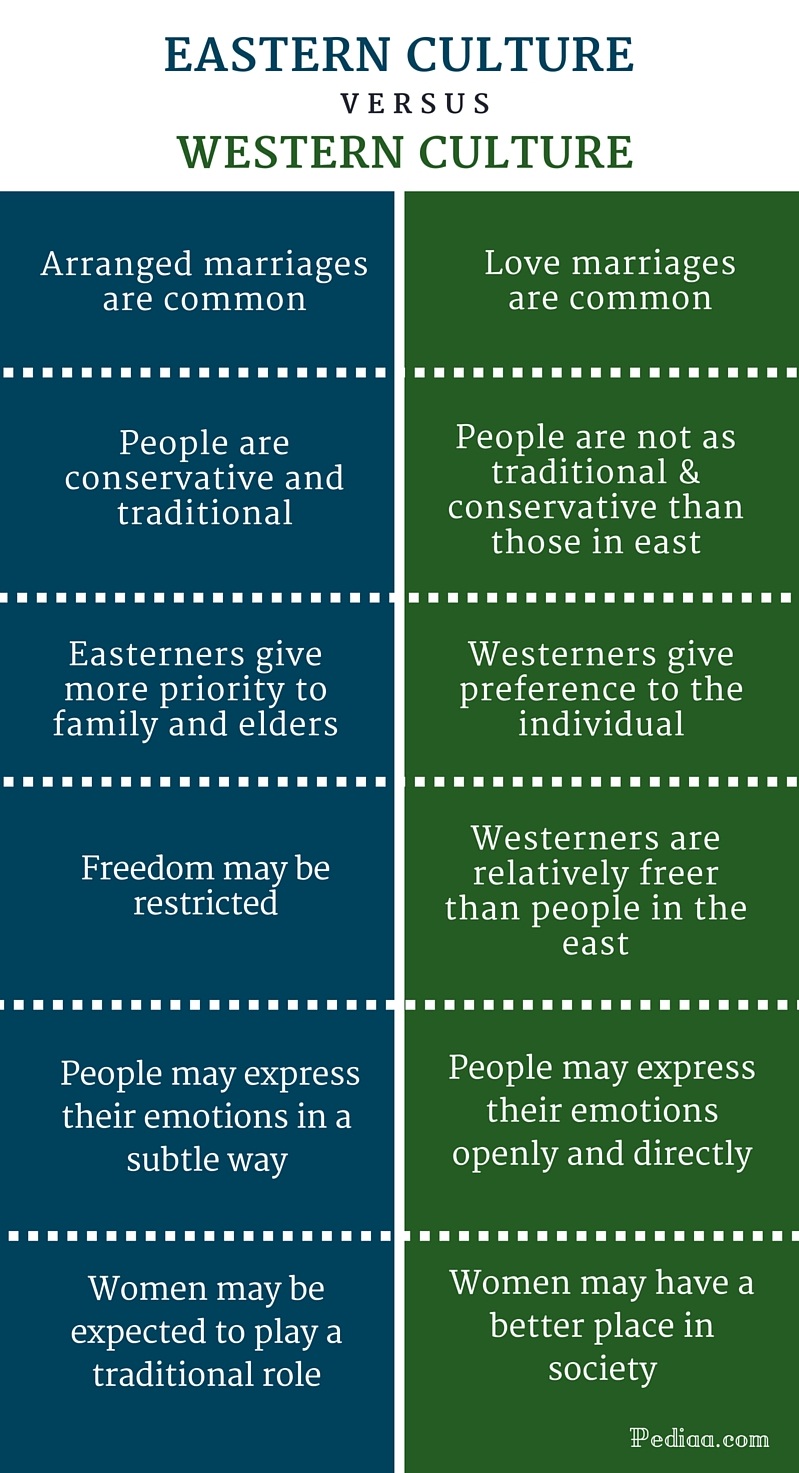





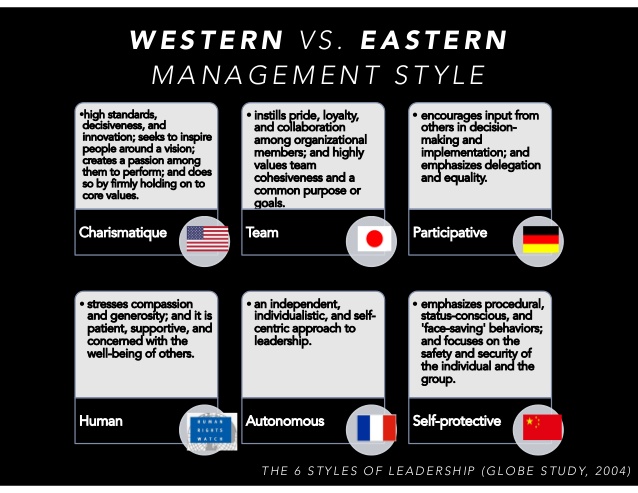
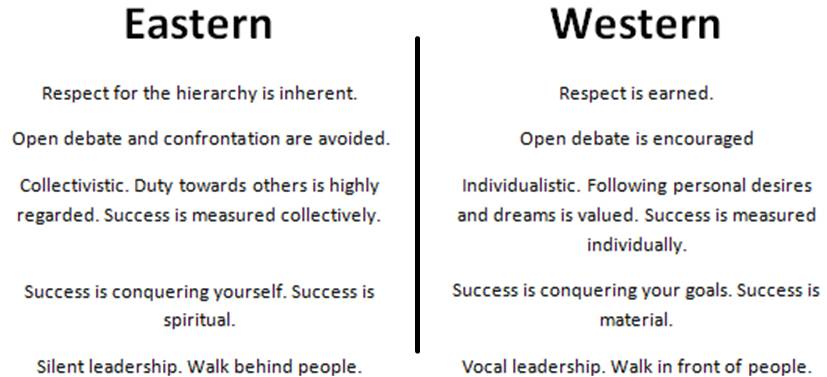
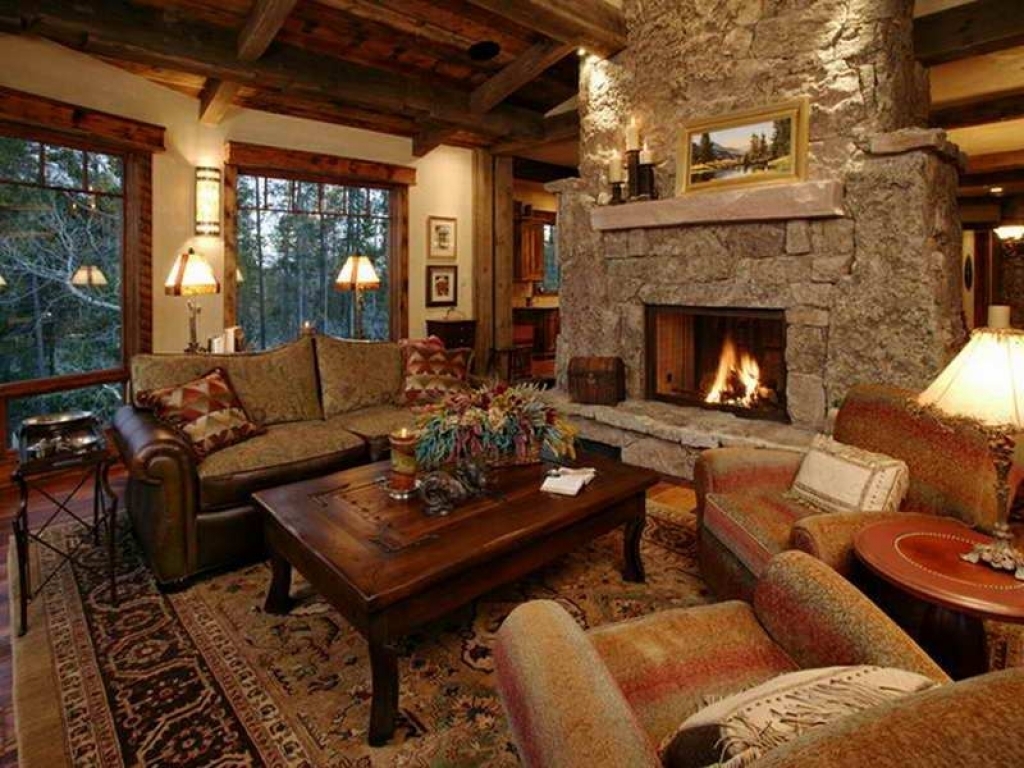



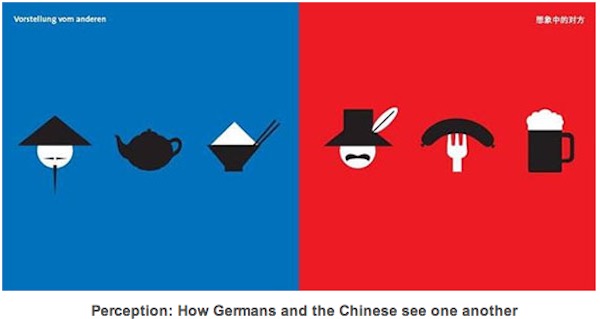

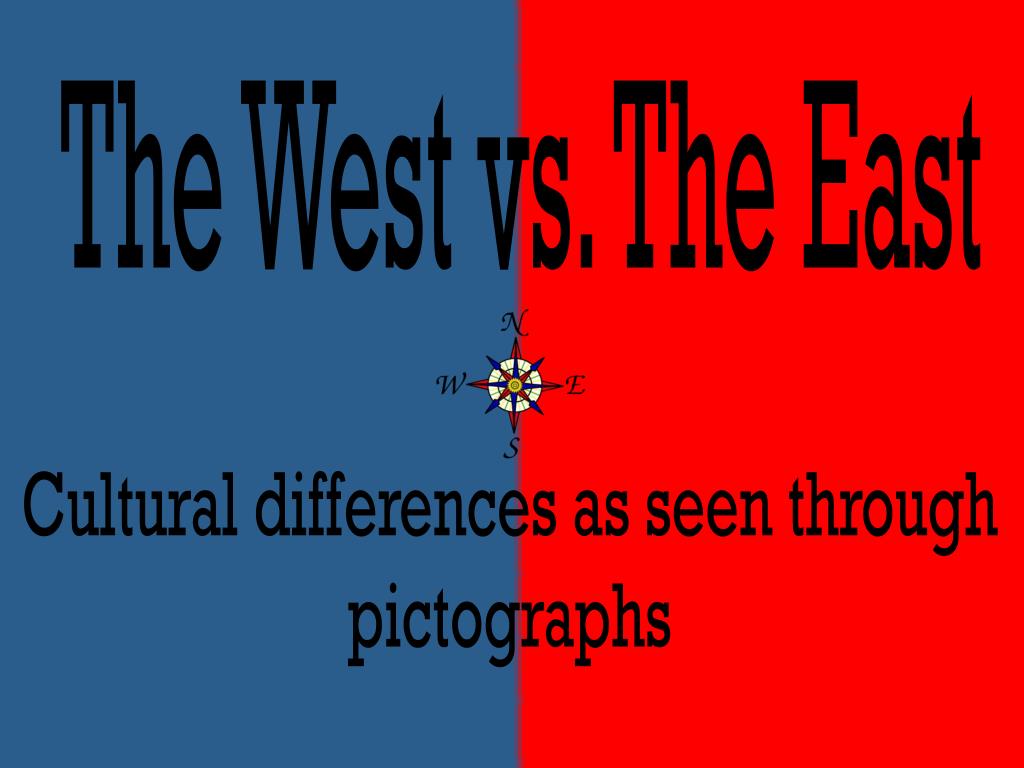
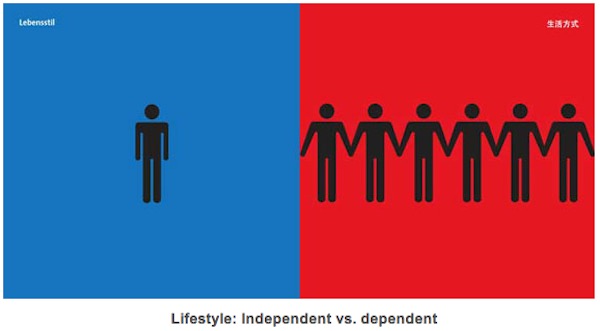
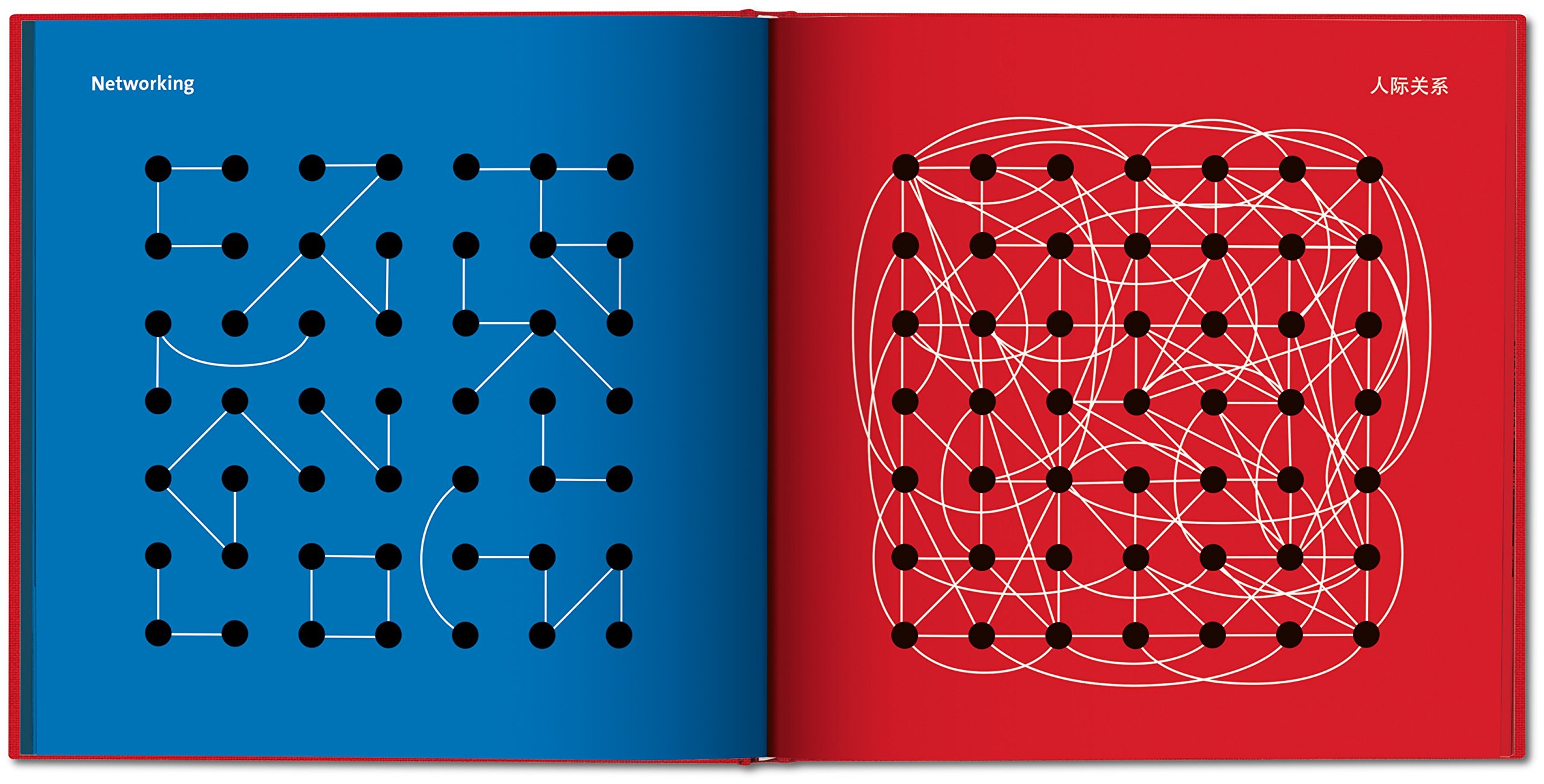
















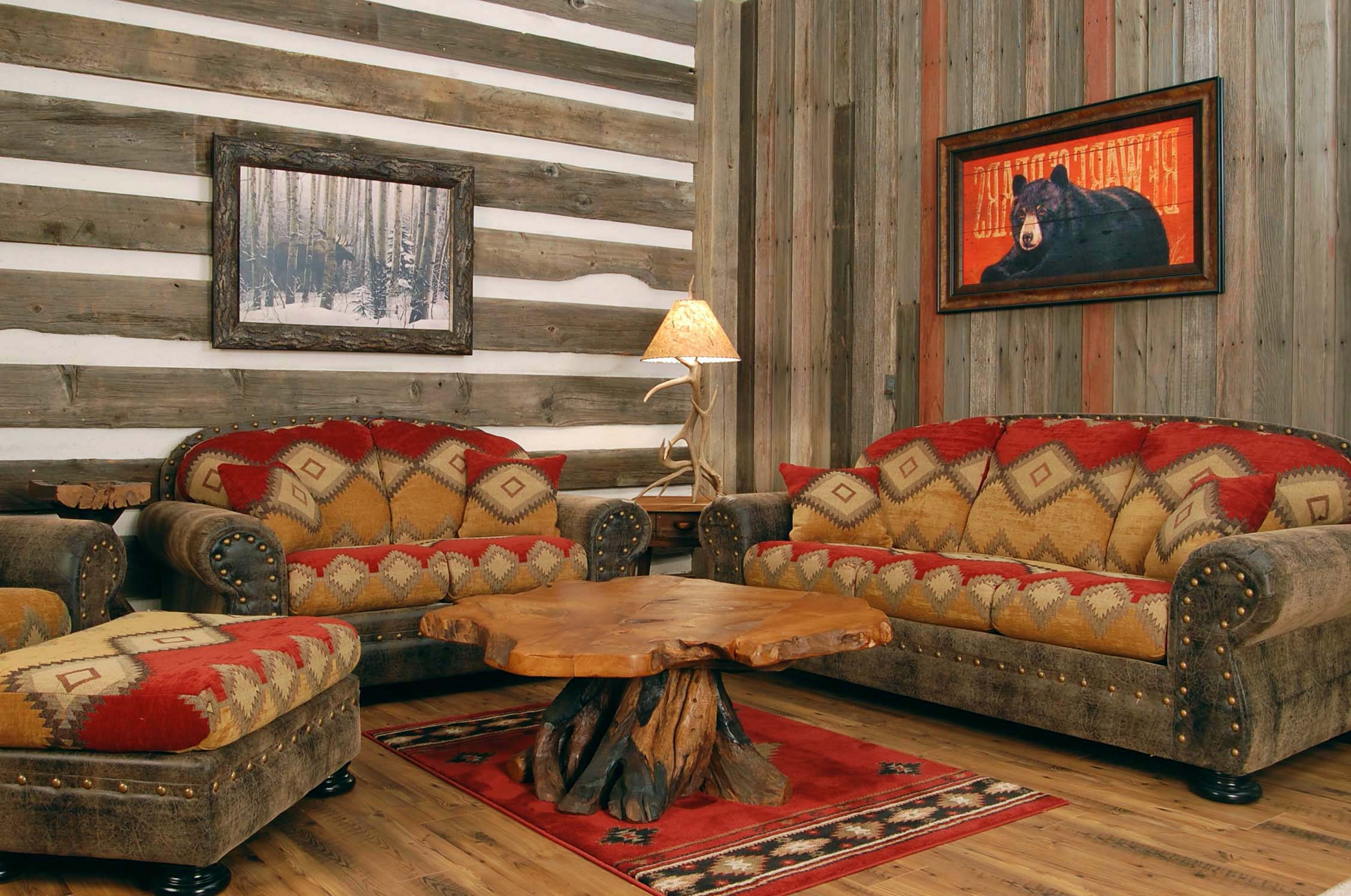







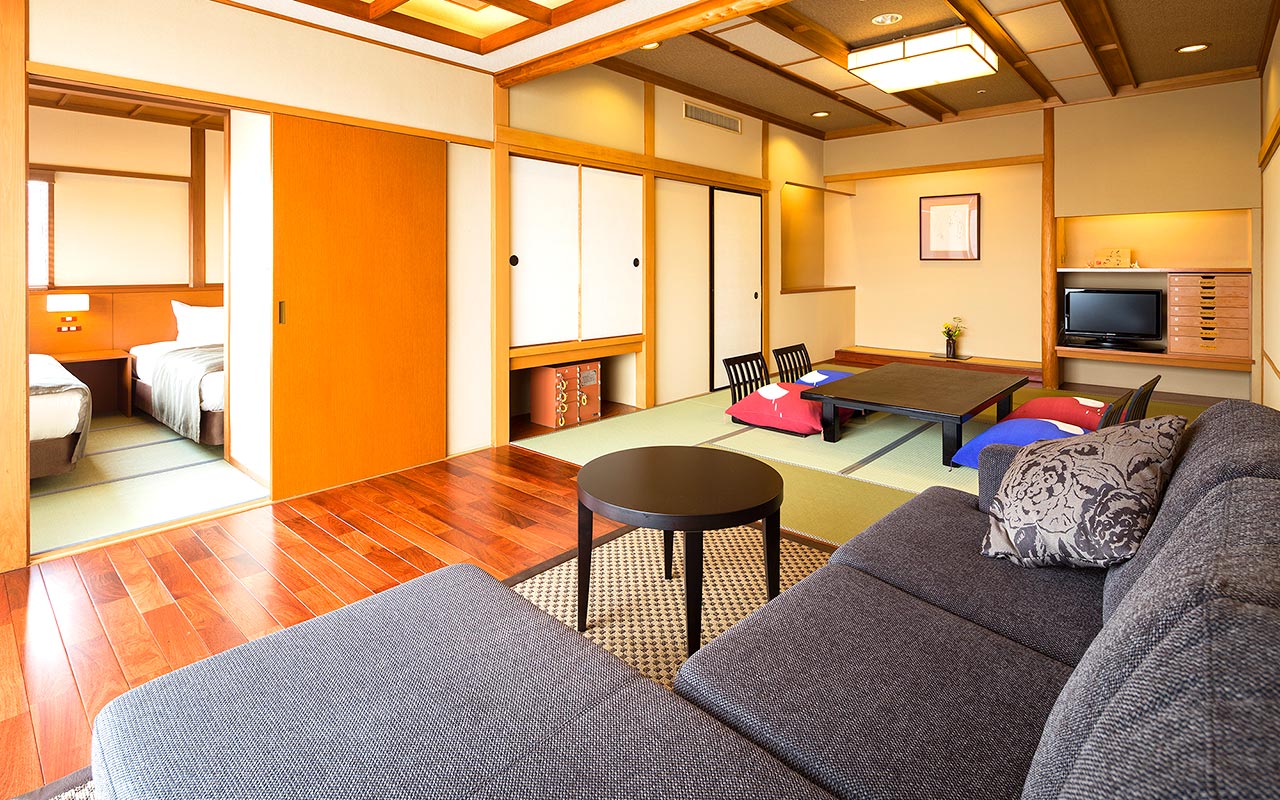







/grey-walls-turquoise-furniture-8005b71f-0f466e27e01c41edac57c4de38d4d8be.jpg)















